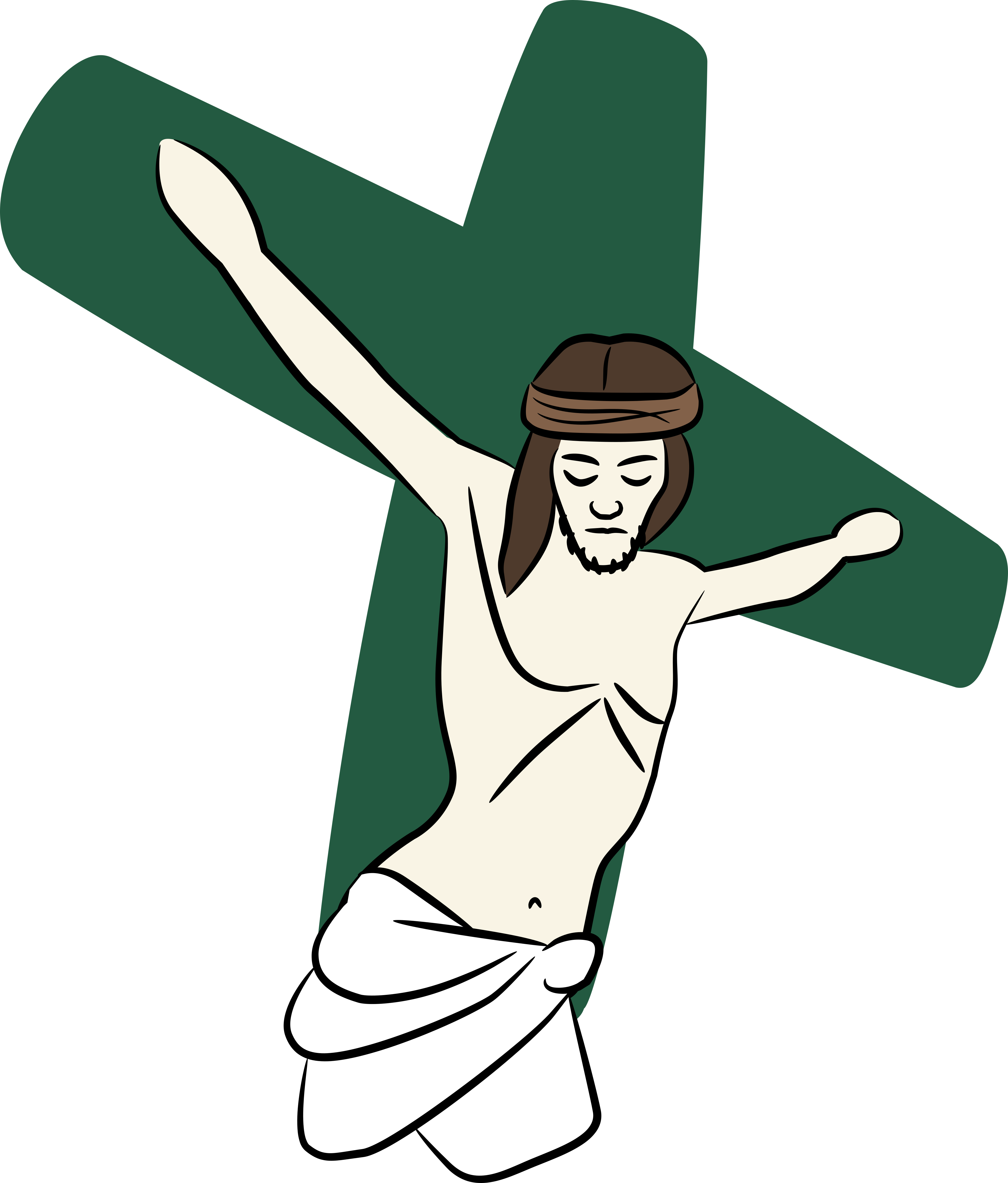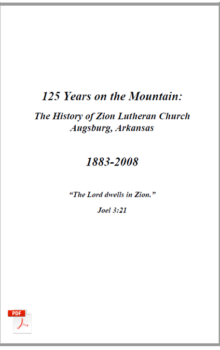Change is almost imperceptible while it is taking place, but after 125 years, its cumulative effects are tremendous. If the founders of Zion were to join us at church one Sunday morning, to them it would be in many ways like visiting an alien world. True, the mountains would be vaguely familiar, but even they would be changed by the appearance of houses, roads, and electrical wires. The buildings would be new to them and might seem oddly flat. The cars and trucks, the paved highway, and the clothes today’s members wear would be totally unfamiliar. The old Germans would admire the large, beautiful bell in front of the church, and some of them would recognize it with delight, remembering the way its rich, rolling peal sounded across the hills and valleys, but a few would wonder what it had sounded like; it would be strange to them. They wouldn’t be able to talk with today’s members unless they knew English or we know German, and even then accents and vocabulary changes would hinder any exchanges.
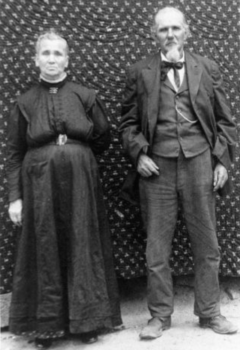
But inside the church the symbolism of the altar would stand out like well-known landmarks, though the altar itself differs from what the old Germans knew. Many of the hymn tunes would be familiar to the old Germans, though the words would be strange. The pews might strike the old-timers as nice, though perhaps not a good influence during worship, since they are soft and padded rather than plain hard wood. They would note that the congregation still stands up now and then, doubtless to show reverence or faith at certain parts of the service. There is still a pastor who leads the worship, delivers the Gospel, and preaches the sermon. And the English word God is almost the same as the German Gott.
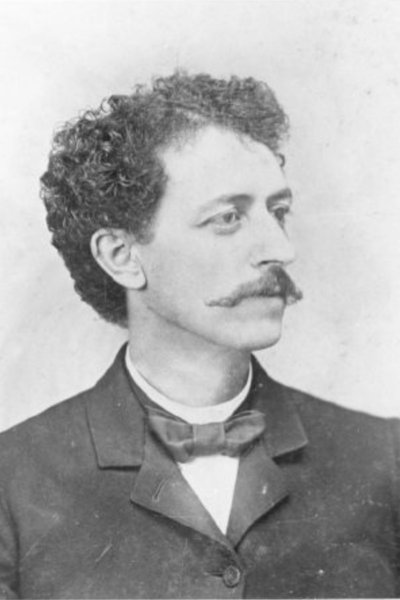
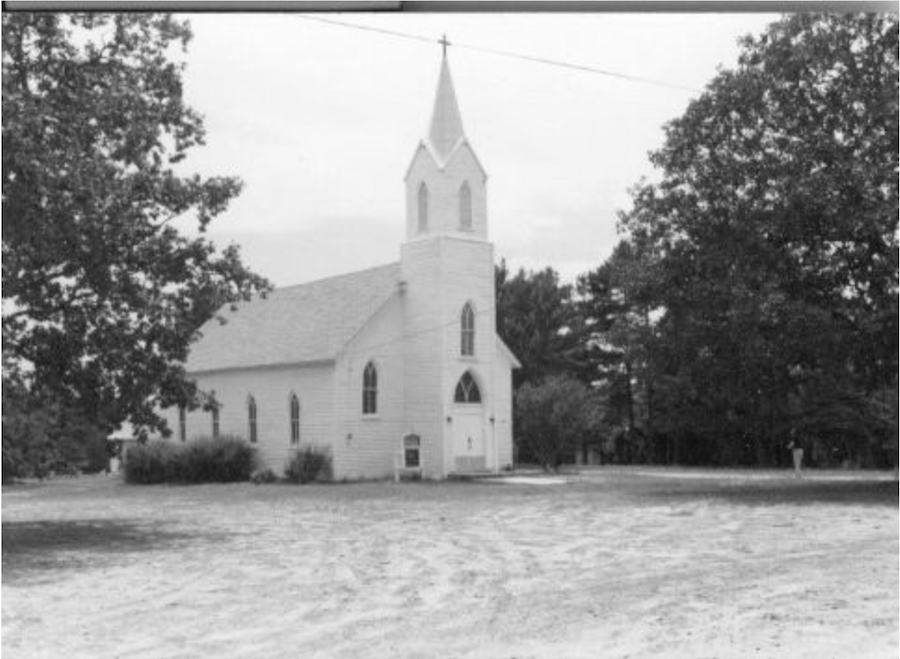
As you read this history, try to imagine how things were as time passed between 1883, the date of the founding of the Evangelical Lutheran Zion Congregation at Augsburg, and the present. Changes in roads, travel, language, means of communication, laws, education, entertainment, and recreation, all subject to God’s will, were at work with many other factors to bring about the changes that have taken place at Zion. As you read, ask yourself, What is different now? What has stayed the same?

